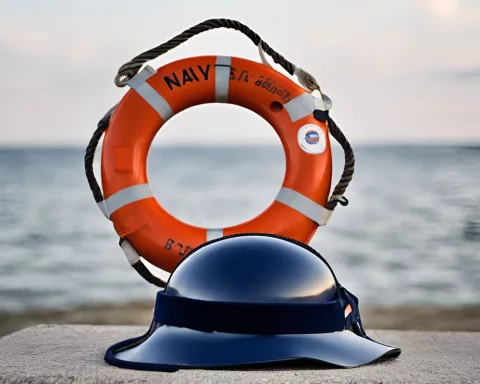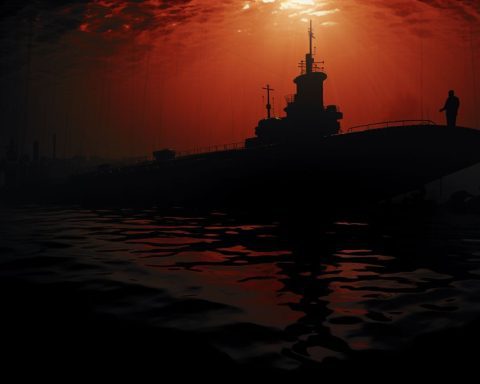A Peaceful Scene Turns Tragic
On a bright Wednesday afternoon, the usually tranquil ambiance of Kommetjie, a quaint town near Cape Town, was disrupted by an unexpected and disastrous event that led to the demise of three South African Navy officers. The harrowing episode took place near the Slangkop Lighthouse, as the South African National Defence Force (SANDF) submarine SAS Manthatisi was participating in a vital training exercise.
At first, the rare sight seemed like an exciting event for local residents, such as Linda Ash, a former Navy member who lived near the lighthouse. Enthusiastically, Ash discussed her observations with her neighbors as she enjoyed coffee with a friend on her balcony. Little did she anticipate that within the next 30 minutes, the seemingly harmless occurrence would escalate into a gut-wrenching disaster.
A Dangerous Exercise Ends in Tragedy
The critical exercise required a South African Air Force Maritime Lynx helicopter to hover above the submarine and execute a vertical transfer operation. The turbulent waves of the sea and the treacherous reef near the location compounded the risk for the naval personnel on the submarine’s deck, who were attempting to secure the transfer of a bucket seat amidst the crashing waves.
As Linda Ash observed the unfolding events, her worst nightmares came true. A colossal wave consumed the submarine’s deck, and in an instant, the personnel she had seen just moments ago were nowhere to be found. Her initial thoughts of someone falling overboard were tragically correct, prompting her to alert her neighborhood group and the National Sea Rescue Institute (NSRI) to the terrifying situation.
In due course, the identities of the fallen heroes were revealed. Lieutenant Commander Gillian Elizabeth Hector, the submarine’s executive officer, Master Warrant Officer William Masela Mathipa, who served as the coxswain, and Warrant Officer Class One Mmokwapa Lucas Mojela, training as a coxswain, all perished in the line of duty.
A Community Bands Together in Grief
As emergency services rushed to the site, Linda Ash’s previous experience in the Navy and her husband’s connection with the NSRI drove her to lend a helping hand. She approached the scene and discovered the surviving crew members seated on a pavement, visibly upset and drenched in cold seawater. With a heavy heart, Ash provided warm clothes for the survivors, assisted them in contacting their family members, and offered emotional support during the traumatic ordeal.
Even though the NSRI and other emergency teams exhibited utmost dedication and bravery, the daunting conditions of the sea and the enormity of the disaster rendered rescue efforts incredibly challenging. The SANDF acknowledged the adverse effect of the rough sea conditions on the recovery operation in their official statement.
In the face of overwhelming adversity and sorrow, the Kommetjie community and the courageous individuals of the emergency services embodied the values of bravery, selflessness, and camaraderie. They tirelessly endeavored to save the lives of their fellow citizens and offered solace to those who had suffered unimaginable loss.
As we commemorate the fallen heroes of the Kommetjie submarine disaster, we must also acknowledge and honor the unwavering determination and resilience of the supportive community. In the days and months that have since passed, the memories of Lieutenant Commander Gillian Elizabeth Hector, Master Warrant Officer William Masela Mathipa, and Warrant Officer Class One Mmokwapa Lucas Mojela continue to serve as a reminder of the sacrifices made by those who serve their country and the unbreakable bonds that unite us in times of profound loss and tragedy.












